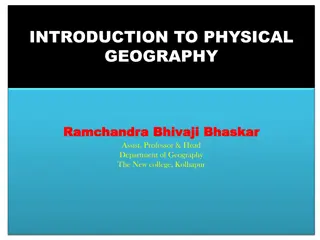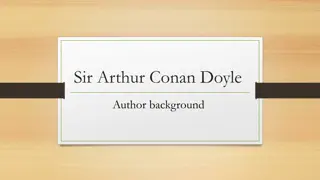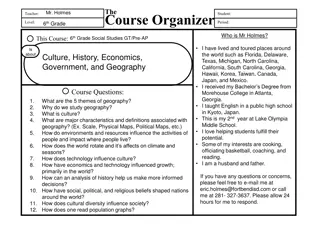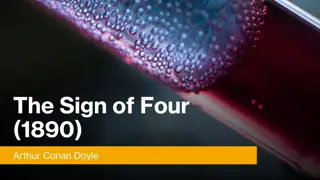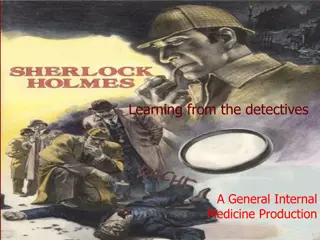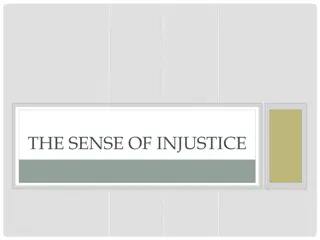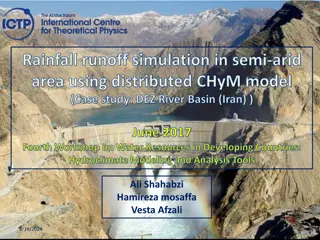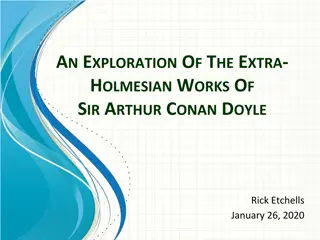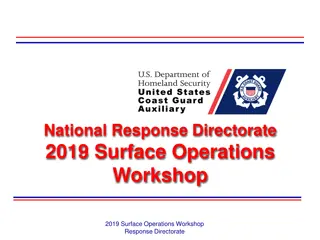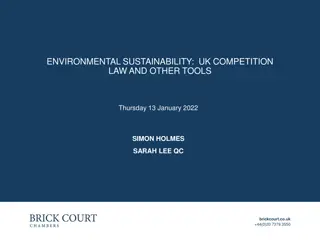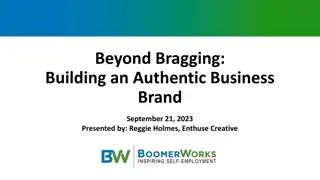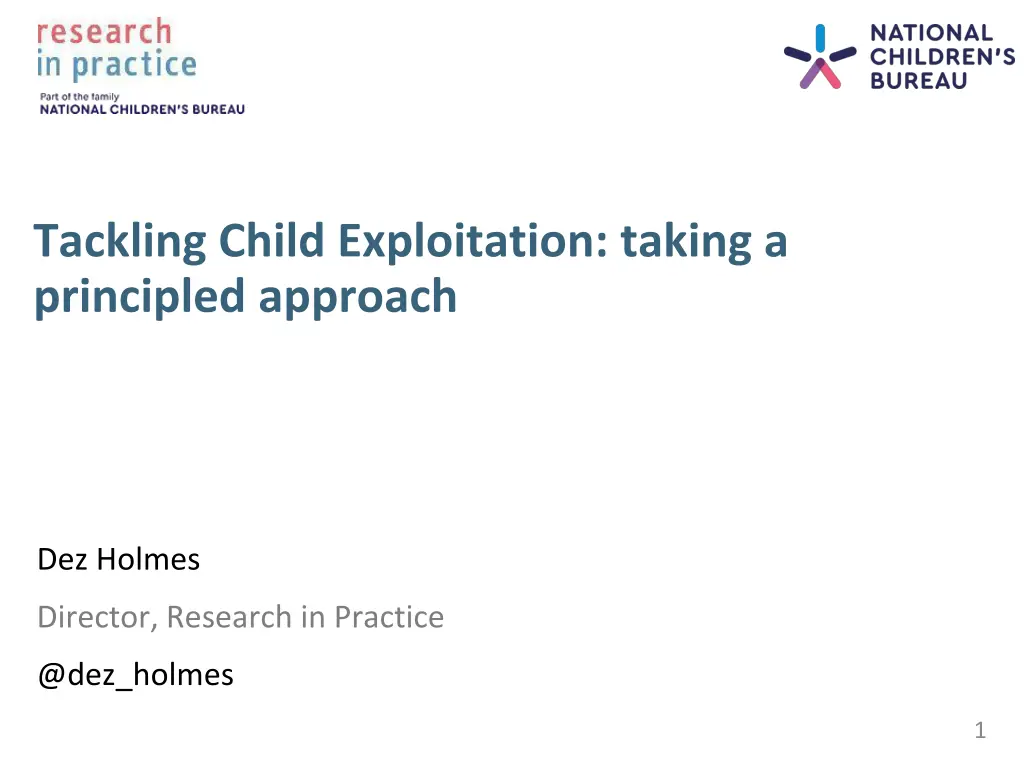
Principled Approach to Tackling Child Exploitation: Insights from Dez Holmes
Discover the Practice Principles developed by the TCE Programme led by Research in Practice. Explore how these principles prioritize children's interests and guide responses to child exploitation and extra-familial harm effectively across local partnerships in England.
Download Presentation

Please find below an Image/Link to download the presentation.
The content on the website is provided AS IS for your information and personal use only. It may not be sold, licensed, or shared on other websites without obtaining consent from the author. If you encounter any issues during the download, it is possible that the publisher has removed the file from their server.
You are allowed to download the files provided on this website for personal or commercial use, subject to the condition that they are used lawfully. All files are the property of their respective owners.
The content on the website is provided AS IS for your information and personal use only. It may not be sold, licensed, or shared on other websites without obtaining consent from the author.
E N D
Presentation Transcript
Tackling Child Exploitation: taking a principled approach Dez Holmes Director, Research in Practice @dez_holmes 1
Background TCE Programme: a DfE-funded consortium programme led by Research in Practice with The Children s Society and the Safer Young Lives Centre at the University of Bedfordshire. 2019-22, TCE supported over 80 areas across England to improve their strategic responses to child exploitation and extra-familial harm. 2022-23, TCE was commissioned to develop a set of Practice Principles to inform local multi-agency responses to child exploitation and extra-familial harm. Over 750 multi- agency professionals across England 200 children and young people 39 parents and carers
The Practice Principles Interrelated and interdependent, focusing on the 'how' not the 'what . Offer a compass to help navigate a complex landscape, rather than a detailed map for every individual situation. Are high-level to support a coherent approach across local partnerships and to support multi agency working. Focus on behaviours and culture to help direct work with children, young people, and families, operational management and strategic leadership to align. Aim to complement existing and forthcoming guidance endure over time and fit with diverse local contexts
Practice Parallel processes Whole system change Management Congruence and coherence Strategic leadership and partnership Modelling
The eight Practice Principles The Practice Principles Initial reactions ?
The eight Practice Principles The Practice Principles
Practice Principle 1 Responses to child exploitation and extra-familial harm must Put children and young people first
Put children and young people first Children cannot be held responsible for harm caused by others Where children are causing harm they are still children & responses should reflect that All children and young people deserve to be supported in a way that respects their rights and offers protection The complexities and presentation of child exploitation and extra- familial harm means that responses sometimes undermine the realisation of these rights
Put children and young people first How it should feel for a child / young person being supported: I feel understood, believed and treated like a human being. I feel my worker is interested in me and on my side. I know they don t judge or blame me.
Practice Principle 2 Responses to child exploitation and extra-familial harm must Recognise and challenge inequalities, exclusion and discrimination
Recognise and challenge inequalities, exclusion and discrimination Inequalities, exclusion and discrimination faced by children, young people and their parents / carers can be experienced in multiple ways and must be recognised and challenged Systems issues can affect outcomes for children and young people, e.g. what data are or are not collected Importance of developing an inclusive culture
Recognise and challenge inequalities, exclusion and discrimination How it should feel for a child / young person being supported: I am seen, respected and accepted for who I am, professionals can relate to me, and they challenge any discrimination I face.
Practice Principle 3 Children and young people: have the right to have a say about matters that affect them and be Responses to child exploitation and extra-familial harm must Respect the voices, experiences and expertise of children and young people heard in decisions made about them should be respected and listened to as experts in their own lives: to develop trusting relationships and increase safety Participation is a powerful way to invert the coercion and manipulation of exploitation and extra-familial harm How it should feel for a child / young person being supported I feel heard, acknowledged, and validated because my views and opinions are sought and included. This matters to me and makes me want to talk to them.
Respect the voices, experience and expertise of children and young people Children and young people: Children and young people: have the right to have a say about matters that affect them and be have the right to have a say about matters that affect heard in decisions made about them should be respected and listened to as experts in their them and be heard in decisions made about them own lives: to develop trusting relationships and increase safety should be respected and listened to as experts in their Participation is a powerful way to invert the coercion and manipulation of own lives: to develop trusting relationships and exploitation and extra-familial harm increase safety How it should feel for a child / young person being supported Participation is a powerful way to invert the coercion and I feel heard, acknowledged, and validated because my views and opinions are sought and included. This matters to me and makes me manipulation of exploitation and extra-familial harm want to talk to them.
Respect the voices, experience and expertise of children and young people How it should feel for a child / young person being supported: I feel heard, acknowledged, and validated because my views and opinions are sought and included. This matters to me and makes me want to talk to them.
. Practice Principle 4 Responses to child exploitation and extra-familial harm must Be strengths-based and relationship-based
. Be strengths-based and relationships based Applies to working with children, young people, parents, carers and colleagues Take a holistic approach: identify strengths, positive factors Build on strengths, assets; work relationally to support growth and change
Be strengths-based and relationships based How it should feel for a child / young person being supported: I have someone to go to who genuinely cares about me and my future. They do things to actually help me. I feel safe with them and can trust them.
Practice Principle 5 Responses to child exploitation and extra-familial harm must Recognise and respond to trauma
Recognise and respond to trauma Understand how individuals perceive and respond to threats and support. Recognise that these responses might underpin perceived non- engagement or negative coping strategies. Trauma can be experienced at different levels: Direct trauma for children and young people - and potentially their parents / carers Trauma that can impact wider communities, stemming from shared experiences Trauma that can impact those working to support and protect traumatised individuals
Recognise and respond to trauma How it should feel for a child / young person being supported: People understand how I have been affected by what has happened to me and they show that in the way they help me. I feel like I matter.
PP6: Responses to child exploitation and extra-familial harm must be curious, evidence-informed and knowledgeable Practice Principle 6 . Responses to child exploitation and extra-familial harm must Be curious, evidence-informed and knowledgeable
PP6: Responses to child exploitation and extra-familial harm must be curious, evidence-informed and knowledgeable and knowledgeable . Be curious, evidence-informed Responding to the complexity of child exploitation and extra-familial harm requires: curiosity, critical thinking, analysis skills thoughtful use of evidence a commitment to reflection and learning Balance pace with purpose
Be curious, evidence-informed and knowledgeable How it should feel for a child / young person being supported: I feel properly seen, because the people who are there to help me put in the effort to understand me and my life. They are knowledgeable, and are always learning about how to help me feel safer.
PP7: Responses to child exploitation and extra-familial harm must approach parents and carers as partners wherever possible Practice Principle 7 . Responses to child exploitation and extra-familial harm must Approach parents and carers as partners wherever possible
PP7: Responses to child exploitation and extra-familial harm must approach parents and carers as partners wherever possible partners wherever possible . Approach parents and carers as Starting point: include parents and carers as partners Parents and carers can hold invaluable information about their child and the contexts of their lives Acknowledge and attend to their own potential distress Recognition that circumstances will differ between families so there is no one size fits all solution.
Approach parents and carers as partners wherever possible How it should feel for a child / young person being supported: I am included in decisions about involving my parents and carers. Supporting my parents and / or carers to understand what has happened to me can help improve family relationships and the support I receive.
. . Practice Principle 8 Responses to child exploitation and extra-familial harm must Create safe spaces and places for children and young people
. . Create safe spaces and places for children and young people Understanding of harms and protective factors in spaces and places where children and young people spend their time (on- and off- line) Identify harm and intervene accordingly (e.g. disruption) to make the space/place safer This focus can prevent children and young people feeling blamed
Create safe spaces and places for children and young people How it should feel for a child / young person being supported: In my community, I have opportunities to do activities and make new friends. The spaces and places where I spend my time feel safe, and give me a sense of belonging.
. Which Principles resonate most with your practice / leadership, at its best? Which ones offer the greatest challenge to you? How might you use them to support improvement and development in your local system?
Supporting Resources Six supporting resources to support the application of the Practice Principles: 1. An evidence summary, a succinct summary of the research drawn upon in developing the Principles 2. An individual practice and reflection tool, a professional development tool to support practitioners to reflect on the Principles, and their application to their own practice 3. A multi-agency partnership reflective tool, an interactive, reflective tool for local partnerships to work together to assess their responses to child exploitation and extra-familial harm 4. An animation to explain the evidence, ideas and interdependencies that underpin the Principles 5. Parent and Carers Shifting Mindset, a resource to support local agencies and partnerships to engage parents and carers as partners at an operational and strategic level 6. Youth Voice in strategic change, a resource to help local agency leaders and partnerships incorporate children and young people s views at a strategic level.


